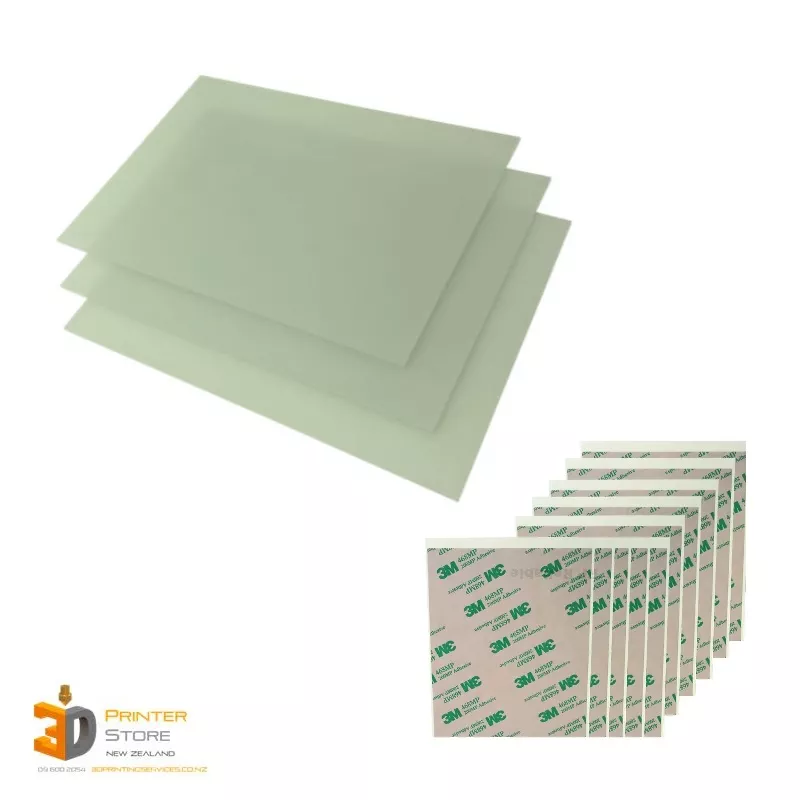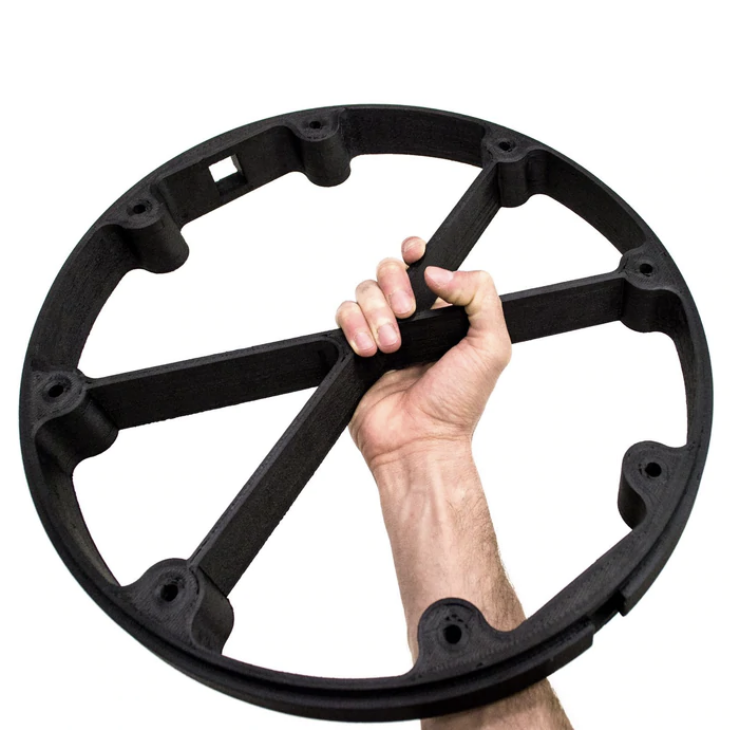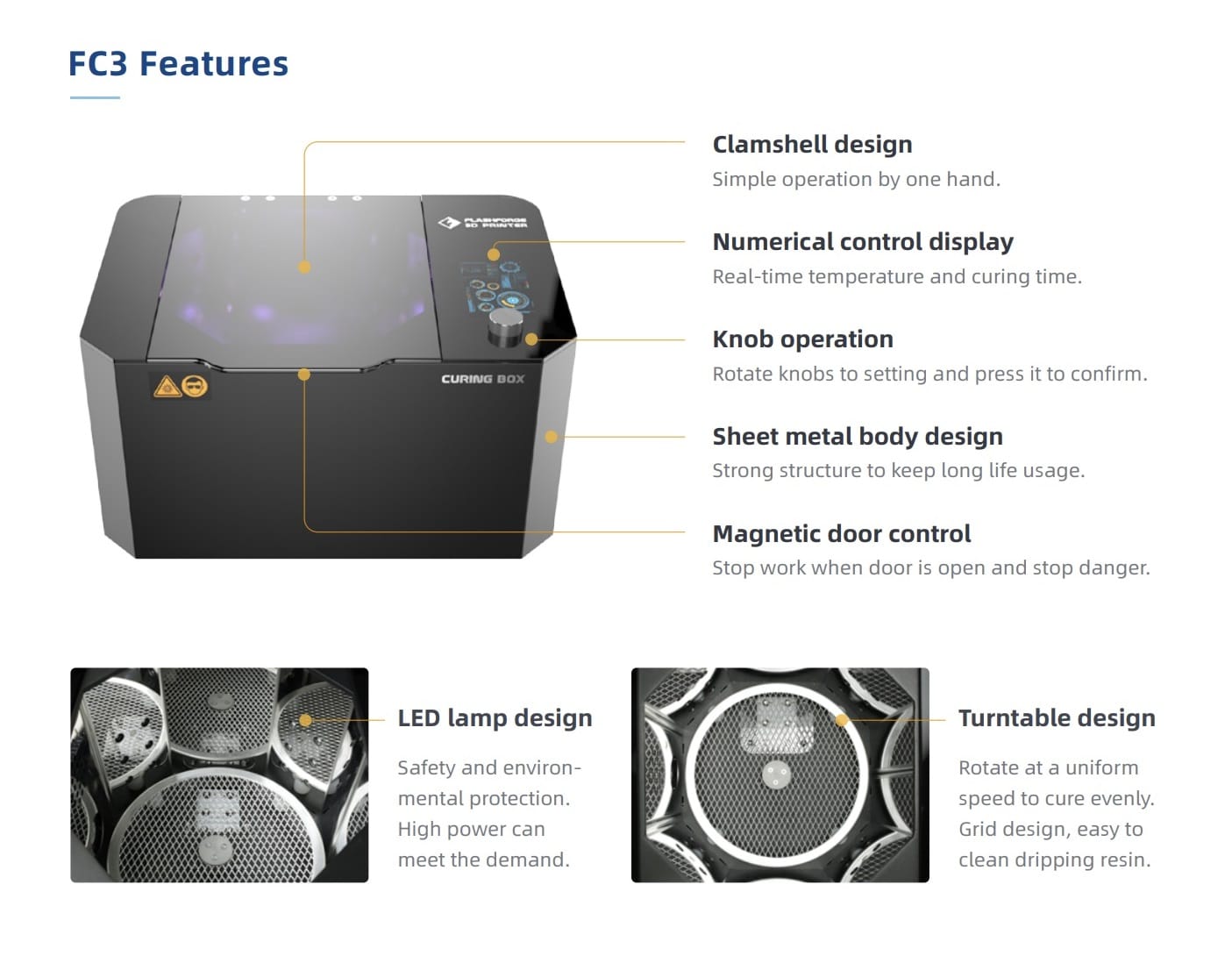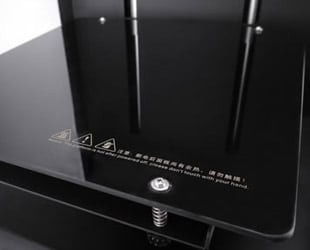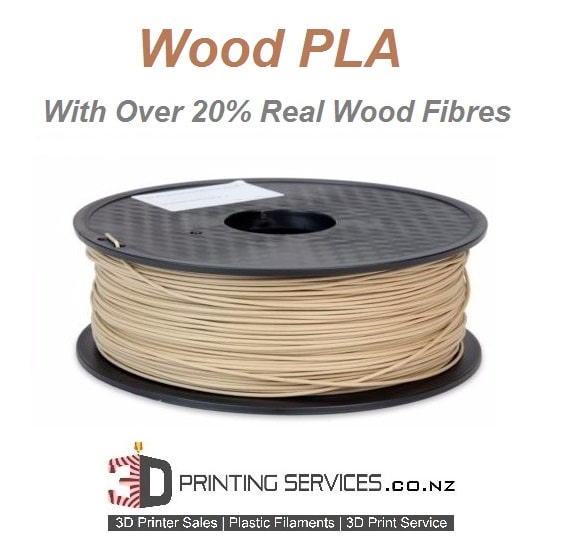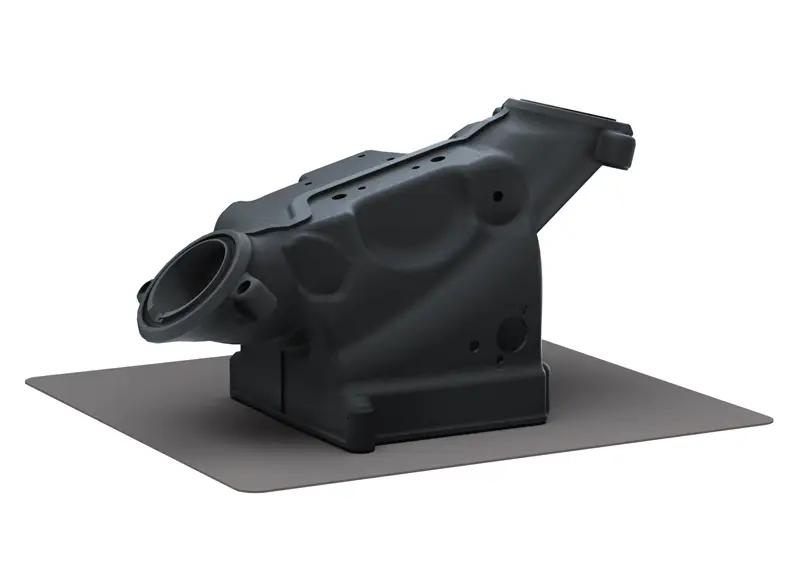How to use Supports for FDM 3d prints
Lets talk about some simple ways to setup supports for FDM 3d prints using Creatware.
The easiest way to use supports is by using automatic support.
Tick the Auto Generate Support button & you’re good to go.
However, in some cases, the auto support can be a bit too cautious & lay a bit too much support around the model.
If its a soluble support, this is ok. But if its breakaway support, then […]


